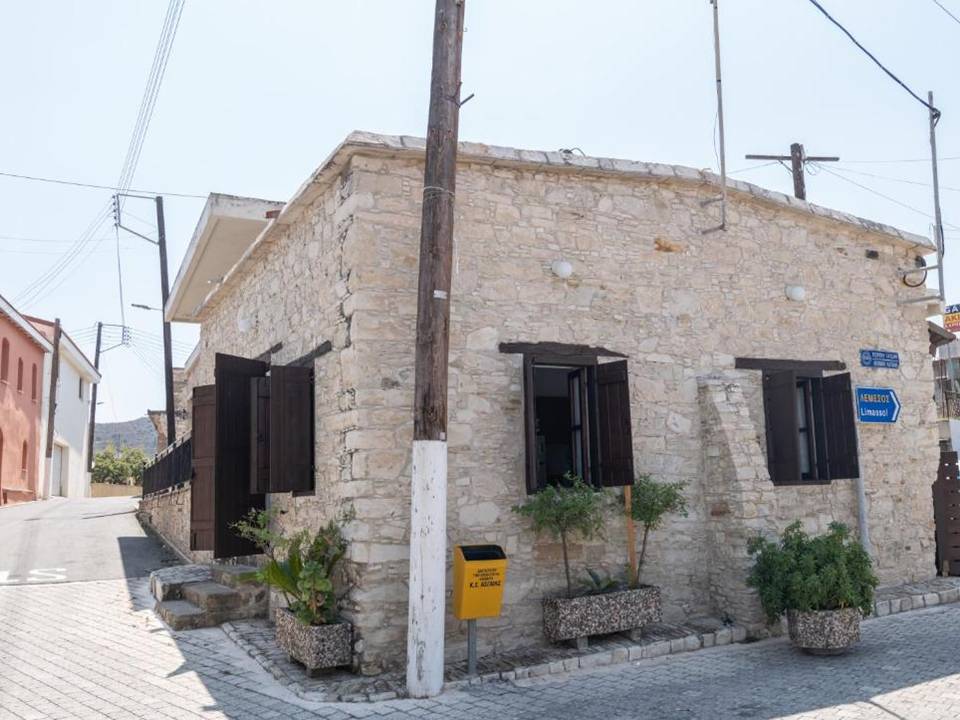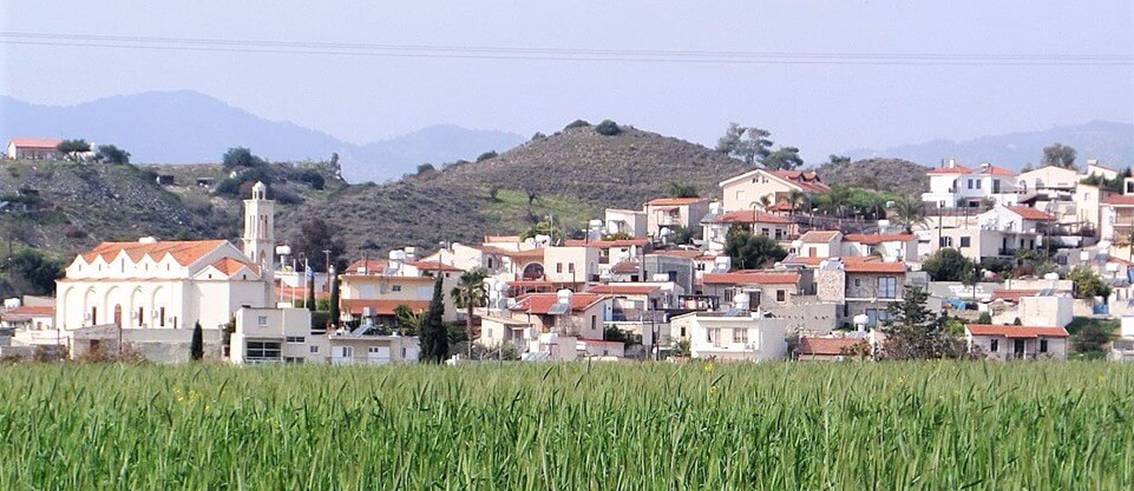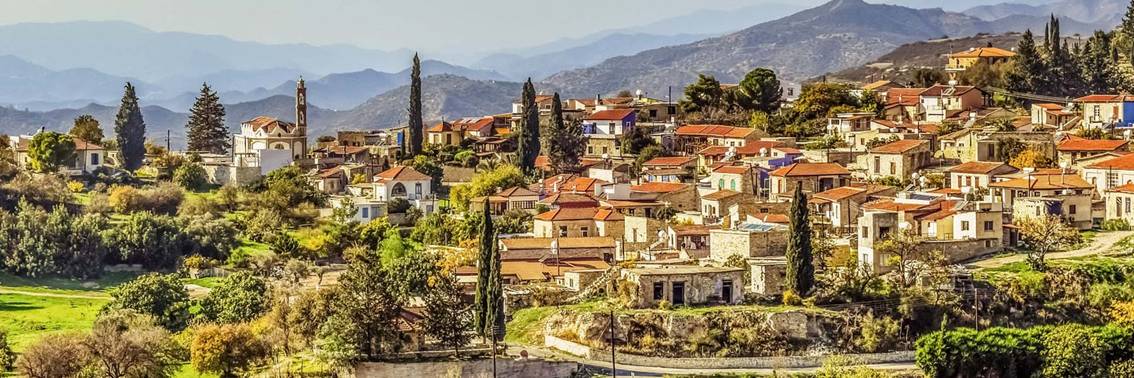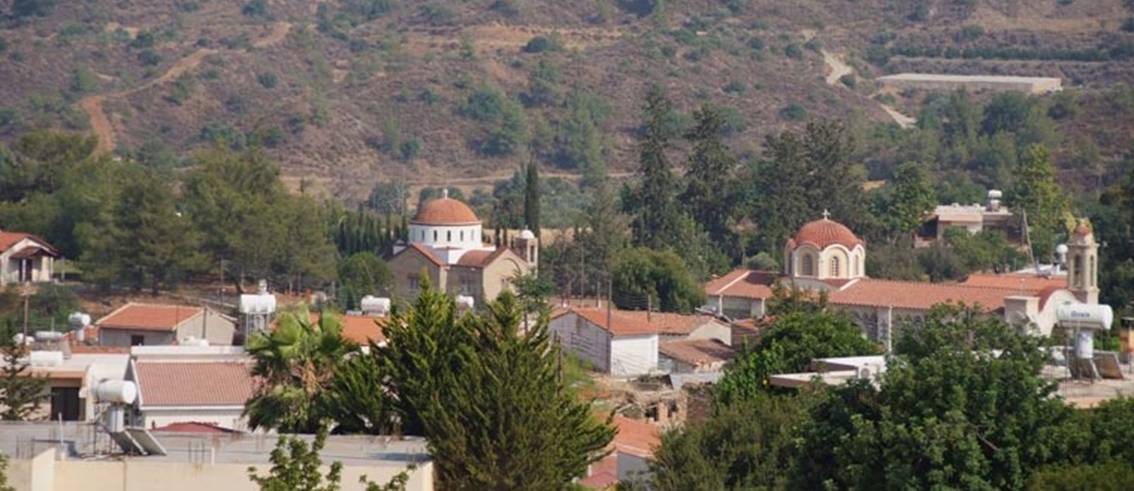Asgata Village
Asgata is a picturesque village in the Limassol District of Cyprus. Nestled in the foothills of the Troodos Mountains, it boasts a rich history, cultural heritage, and natural beauty. Asgata’s story reflects Cyprus’s complex and diverse past.
Ancient Origins and Early History
Asgata’s origins likely trace back to ancient times, possibly the Byzantine period. The village’s name, “Asgata,” may come from the ancient Greek word “Agatis,” referring to a type of tree that once grew in the area. Another theory suggests the name comes from a person named “Asgat,” who might have founded the village.
During the medieval period, Asgata was part of the feudal system under the Lusignans, who ruled Cyprus from the 12th to 15th centuries. Historical records mention Asgata during the Venetian period (1489-1571), showing its continuous habitation and regional importance.
Ottoman and British Periods
Under Ottoman rule, which began in 1571, Asgata, along with the rest of Cyprus, underwent significant changes. The Ottomans implemented new administrative and taxation systems that affected the village’s social and economic structure. Asgata’s population, primarily Greek Orthodox, maintained their religious traditions and way of life despite the challenges posed by the new rulers.
In the 19th century, during the British colonial period (1878-1960), Asgata experienced several

transformations. The British introduced modern infrastructure, including roads and schools, which facilitated better communication and education in the village. The village’s economy, traditionally based on agriculture, began to diversify as residents started engaging in other occupations such as mining, particularly in the nearby Kalavasos mines in the area of Kalavasos village.
The Economy and Daily Life
Historically, Asgata’s economy was predominantly agricultural. The village’s fertile land allowed the cultivation of various crops, including grains, olives, and citrus fruits. Vineyards were also common, and the production of wine was a significant part of the village’s agricultural output. The abundance of olive trees led to the establishment of olive presses, and olive oil production became a crucial aspect of the village economy.
Sheep and goat farming were also integral to Asgata’s economy, with local dairy products, especially halloumi cheese, being highly valued. The traditional lifestyle of the villagers revolved around the agricultural calendar, with festivals and religious ceremonies often coinciding with the cycles of planting and harvesting.
During the British period, the village’s proximity to the Kalavasos mines brought additional economic opportunities. Many villagers found employment in the mines, which extracted copper and other minerals. This period saw an influx of new ideas and influences, contributing to the gradual modernization of the village.
Cultural and Religious Heritage
Asgata is home to several notable cultural and religious sites that reflect its rich history. The Church of Saint George, the village’s main church, is a significant landmark. Built in the 19th century, it stands as a testament to the villagers’ faith and resilience. The church’s architecture, with its Byzantine influences, is a focal point of the village, hosting religious ceremonies and festivals, particularly the annual feast of Saint George.
In addition to its religious heritage, Asgata has preserved many traditional customs and practices. The village’s folklore is rich with stories and legends passed down through generations, often told during social gatherings and village

festivals. Traditional music and dance are also integral to the village’s cultural identity, with events such as weddings and religious festivals featuring these cultural expressions.
Modern Era and Community Life
Today, Asgata maintains its traditional charm while adapting to modern realities. The village has seen a decline in population, like many rural areas, as younger generations move to urban centres for education and employment. However, efforts to preserve and promote the village’s heritage have been successful, with local and regional initiatives encouraging tourism and cultural preservation.
Asgata’s community remains close-knit, with a strong sense of identity and pride in their heritage. The village’s residents continue to celebrate their traditions, ensuring that the rich history of Asgata is passed on to future generations. Asgata stands as a living monument to Cyprus’s rural past, where history and tradition are deeply intertwined with the rhythms of everyday life.
TELL THEM HOW YOU FOUND THEM. They like it.





